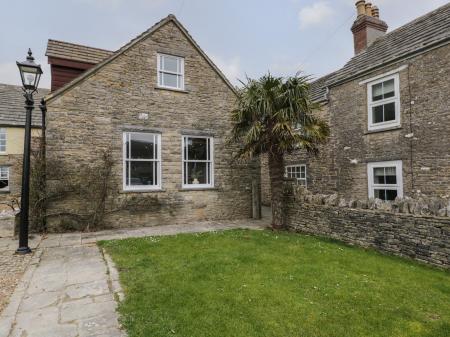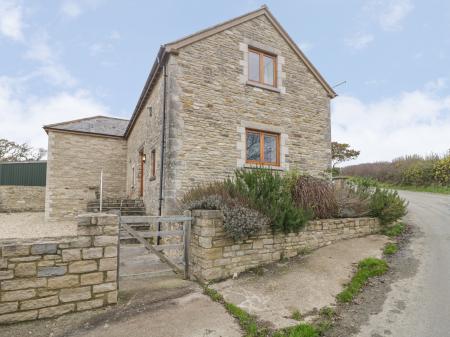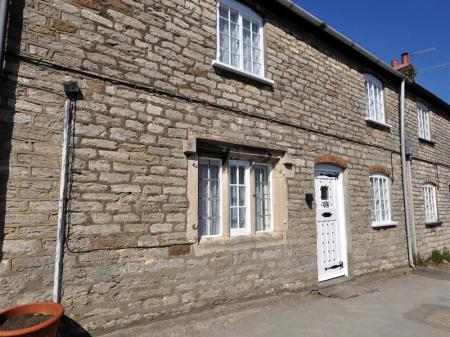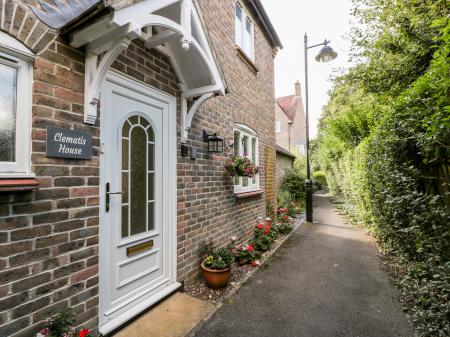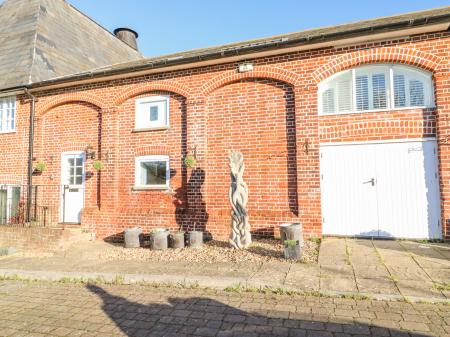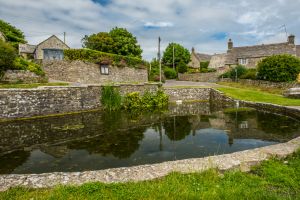
The settlement was known simply as 'Worth', meaning an enclosure, until the late 14th century. The 'Matravers' part of the name was added in honour of William Matravers, Constable of Corfe Castle.
St Nicholas Church
Officially dedicated to St Nicholas of Myra, the model for Santa Claus, this attractive building was erected around AD 1100. The most interesting historic feature is the beautifully carved chancel arch, dating to the 12th century and decorated with traditional Norman dogtooth carvings. The chancel arch was probably brought to Worth after the Dissolution from elsewhere.
In the chancel is a fascinating 12th-century corbel table carved with likenesses of strange beasts, a squatting human, a rabbit, bird's head, and a running animal. Perhaps the most interesting memorial is a marble monument to Gerard Vanneck, grandson of Lord Huntingfield, who died in 1840.
In the church porch is a late 13th-century Celtic-style cross discovered in a field near St Aldhelm's Head.
St Aldhelm's Chapel
A beautiful coastal path leads from the village to St Aldhelm's Head, where a Norman chapel perches on the clifftop. The chapel is a simple square building supported by external buttresses and contained within a circular earthwork. Though it is usually referred to as a chapel, there is no evidence of an altar or a piscina, suggesting it may have been built for other purposes.
The earliest record suggesting it was being used as a chapel comes from the late 13th century, and we know it had fallen out of use by 1625. It is used for irregular services today. The corners of the building are aligned with the cardinal points of the compass. The central column is carved with 17th-century initials. There is a hole in this column that appears to have been used by young women to make wishes, for hairpins and dropping pins have been found at the bottom of the hole.
I've taken the cliff-top path to the chapel as the sun was setting, and the scenery along the coast is simply stunning.
Square and Compass
The village pub is the popular Square and Compass, which began as a pair of 18th-century cottages. Around 1776 the cottages were converted into an alehouse called The Sloop. The name changed to the Square and Compass in 1830. During the period between the two World Wars, the pub was a gathering place for artists such as Augustus John. One unusual feature is a small museum inside the pub, with displays of local history and a large collection of geological samples including locally discovered fossils.
Other interesting buildings in the village include Dunshay Mano, a 17th-century house on the site of a medieval manor. The medieval house was owned by Alice Breuer, who owned quarries nearby and donated marble to the building of Salisbury Cathedral.
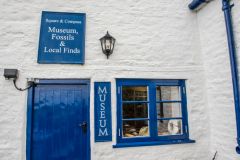
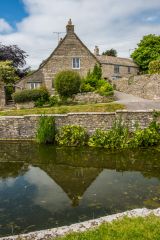
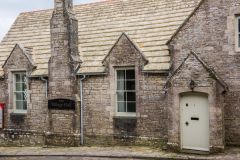
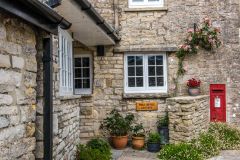
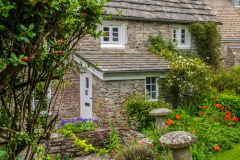
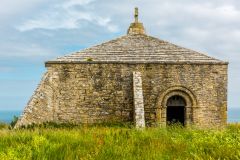
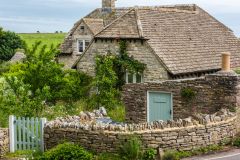
 We've 'tagged' this attraction information to help you find related historic attractions and learn more about major time periods mentioned.
We've 'tagged' this attraction information to help you find related historic attractions and learn more about major time periods mentioned.